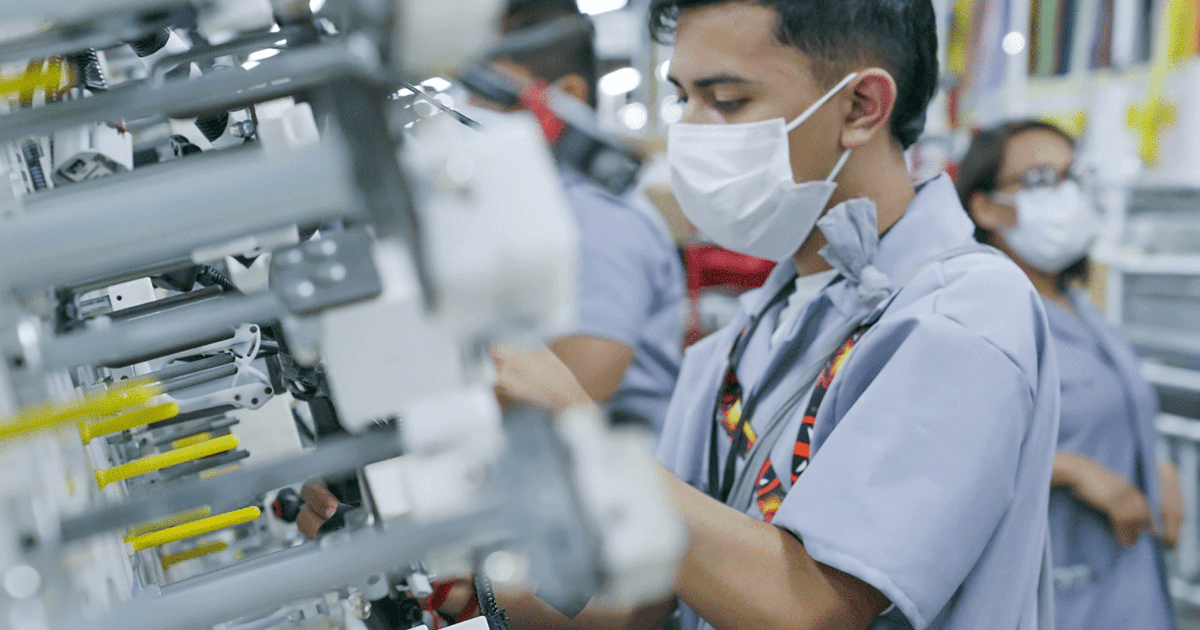The global economy is facing a stagflationa scenario that will put a stop to the working marketwhich is expected to grow just 1% throughout 2023, in addition to delaying the full recovery of employment after the impact of the pandemic until after 2025, warned the International Labor Organization (ILO).
“The global outlook for labor markets deteriorated considerably during 2022. New geopolitical tensions, the conflict in Ukraine, an uneven recovery from the pandemic and clogged supply chains have created the conditions for a stagflation episodethe first period of simultaneous high inflation and low growth since the 1970s,” the agency detailed.
When presenting the Social Outlook for Employment in the World: Trends 2023the ILO highlighted that despite the fact that the labor market recovered from 2021 after the impact of the pandemic, the slowdown expected for the economy in the short term could give new impetus to lower quality jobs and the informal.
“As a result of the current slowdown, many workers will be forced to accept lower quality jobs, often underpaid, and sometimes without the necessary working hours. On the other hand, given that prices increase at a faster rate than nominal income from work, the crisis associated with the cost of living could increase the number of people living in poverty. This is in addition to the large drop in income recorded during the Covid-19 crisis, which in many countries affected low-income groups to a greater extent”, the report points out.
Given the current scenario of “polycrisis”, the agency cut its forecast for the job growth in 2023which is now estimated to be 1.0% in the year, which represents a significant deceleration compared to the advance of 2.3% previously observed in 2022.
In addition, he added, “no major improvement is forecast for 2024, when job growth will only rise to 1.1 percent. The outlook is bleak for high-income countries, where the job growth will be almost nil. In contrast, employment growth in low-income and lower-middle-income countries will exceed the pre-pandemic growth trend.”
According to Richard Samans, director of the ILO Research Department, the slower rate that employment is expected to have in the world implies that the losses caused by the health emergency caused by Covid-19 “will not be compensated before 2025” . This will be accentuated not only by the lack of jobs, but also by the lower rate of productivity increase.
The ILO included for the first time in its report the concept of “employment deficit”and which is considered the broadest measure of “unsatisfied needs” for work, since in addition to encompassing the unemployed, it also includes those who want to work, but do not actively seek an opportunity, either because they are discouraged or because they have other opportunities. Obligations that prevent them from doing so, such as care tasks.
In 2022, the global employment deficit was 12.3%, which covers 473 million people with the need for work. As in other measurements, this indicator reflects that women are the most affected, with a deficit of 15.0%, compared to 10.5% for men.
“Personal and family responsibilities, including unpaid care work, as well as discouragement from lack of decent employment and training and retraining, can discourage many people from seeking employment or limit their availability to accept jobs advertised at short notice,” explains the ILO.








